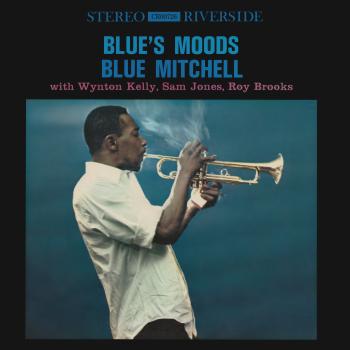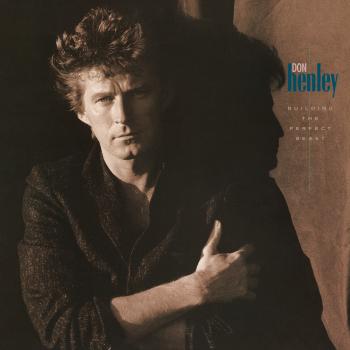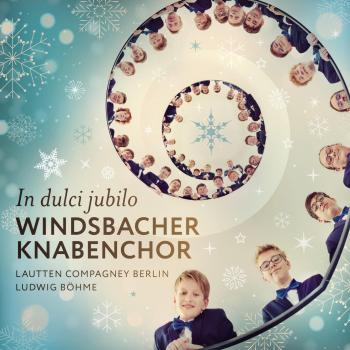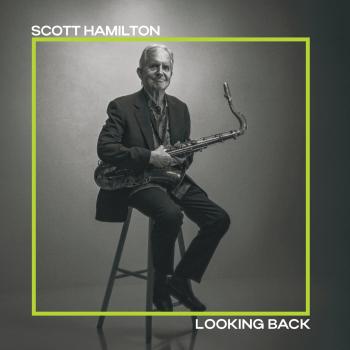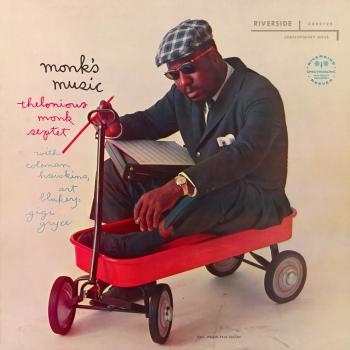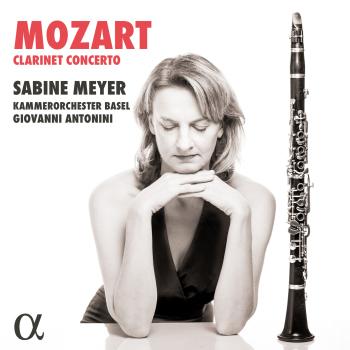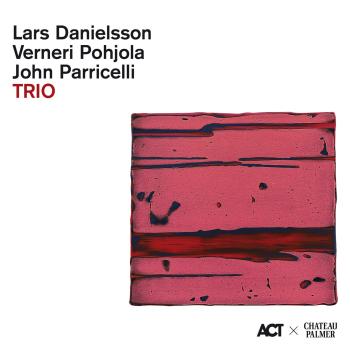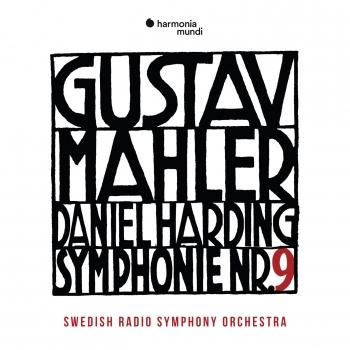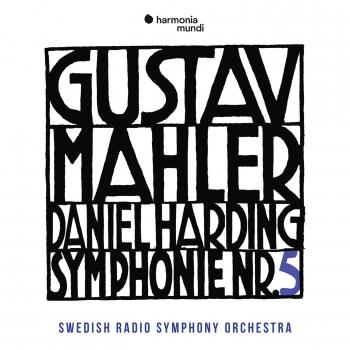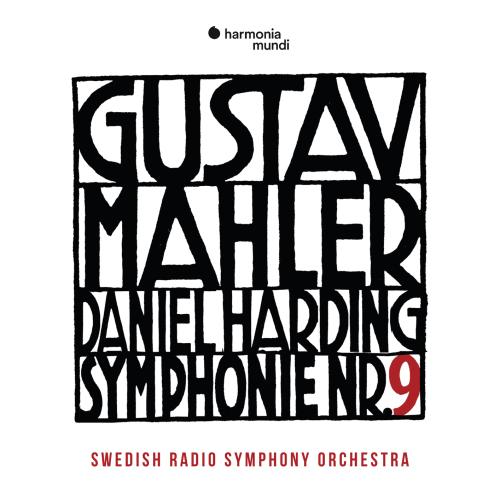
Mahler: Symphony No. 9 Swedish Radio Symphony Orchestra & Daniel Harding
Album info
Album-Release:
2018
HRA-Release:
09.02.2018
Label: Harmonia Mundi
Genre: Classical
Artist: Swedish Radio Symphony Orchestra & Daniel Harding
Composer: Gustav Mahler (1860-1911)
Album including Album cover Booklet (PDF)
- Gustav Mahler (1860 - 1911): Symphony No. 9:
- 1 I. Andante comodo 28:05
- 2 II. Im Tempo eines gemächlichen Ländlers 15:36
- 3 III. Rondo. Burleske. Allegro assai. Sehr trotzig 12:30
- 4 IV. Adagio. Sehr langsam und noch zurückhaltend 26:23
Info for Mahler: Symphony No. 9
As the last completed symphony that Mahler wrote, the Ninth has often been heard by audiences as the composer’s swan song: a nostalgic, moving farewell from a composer conscious of his own mortality. This interpretation is of course easily justifiable, as etched into the musical fabric of the symphony are references to the tragedies that befell the composer in the years before his death. Furthermore, it is wholly plausible that for a man as melodramatic as Mahler, the idea of a symphony that centres around themes of loss and finality would surely have been an appealing prospect.
Nonetheless, although the symphony certainly has its fair share of poignant and contemplative moments, it is much more than just a musical epitaph. Indeed, one should bear in mind that when the Ninth was written, Mahler was already preparing for various conducting commitments in the USA, and began work on the Tenth soon after the Ninth was completed. This was not a composer on the cusp of death.
Composed over two summers at the composer’s Alpine retreat in Toblach (now Dobbiaco) between 1908 and 1909, the Ninth was written in the wake of several life-changing events for Mahler. In 1907, his eldest daughter Maria Anna died from scarlet fever at only 4 years old, and soon after Mahler was diagnosed with the heart condition which would ultimately kill him come 1911. Furthermore, in the same year Mahler resigned from his position as the director of the Vienna Court Opera, a role he had cherished during his tenure despite mounting criticism. For a composer who so consistently composed the world around him into his symphonies, it is no surprise that references to these events found their way into the Ninth, and arguably imbue the drama of the first and last movements in particular with an additional degree of poignancy. The symphony opens tentatively, with a stuttering rhythmic motif which might easily be heard as a depiction of the composer’s failing heart, and, four movements later, closes with a ‘dying away’ (ersterbend) chord of Db major which teeters on the edge between sound and silence, love and loss, life and death. The poetic narrative between these two events encompasses many of the tropes of Mahler’s late style, as well as an array of subtle references to his life and world in these troubled years.
Swedish Radio Symphony Orchestra
Daniel Harding, conductor
Daniel Harding
Daniel Harding is one of the brightest of a new generation of conductors. Having assisted both Sir Simon Rattle at the City of Birmingham Symphony Orchestra and Claudio Abbado at the Berlin Philharmonic Orchestra, he is currently Music Director of the Mahler Chamber Orchestra. His engagements include the Berlin Philharmonic, Leipzig Gewandhausorchester, Dresden Staatskapelle, Rotterdam Philharmonic, London Symphony, London Philharmonic, Oslo Philharmonic, Santa Cecilia Orchestra of Rome and Royal Stockholm Philharmonic orchestras. In the U.S. he has performed with the Philadelphia Orchestra, Los Angeles Philharmonic, Atlanta, Baltimore and Houston Symphony Orchestras.
In opera, he has conducted new productions of "Don Giovanni" and "The Turn of the Screw" at the Aix-en-Provence Festival; "Jenufa" at Welsh National Opera and "Die Entführung" in his debut at the Bayerische Staatsoper.
Daniel Harding records exclusively for Virgin Classics. His recordings include Beethoven Overtures and Brahms Symphonies 3 and 4 with the Deutsche Kammerphilharmonie; Mozart's "Don Giovanni" recorded live at the Aix-en-Provence Festival and Britten's "The Turn of the Screw", both with the Mahler Chamber Orchestra..
Swedish Radio Symphony Orchestra
(Swedish: Sveriges Radios Symfoniorkester) is a radio orchestra based in Stockholm, Sweden, and affiliated with Sveriges Radio (Swedish Radio). The orchestra broadcasts concerts on the Swedish Radio-P2 network.
One of the precursor ensembles to the current orchestra was the Radioorkestern (Radio Orchestra), whose chief conductors included Nils Grevillius (1927-1939) and Tor Mann (1939-1959). In 1965, the Radioorkestern was merged with another orchestra from Swedish Radio, the Underhållningsorkestern (Entertainment Orchestra), under the new name of the Swedish Radio Symphony Orchestra. Sergiu Celibidache was the newly formed orchestra's first principal conductor, from 1965 to 1971. In 1979, the orchestra took up residence at the Berwaldhallen (Berwald Hall).
The Laureate Conductors of the orchestra are Herbert Blomstedt, principal conductor from 1977 to 1982, and Valery Gergiev. Since 2007, the orchestra's principal conductor is Daniel Harding. In September 2009, the orchestra announced the first extension of Harding's contract as principal conductor, through 2012. In April 2013, the orchestra announced a second extension of Harding's contract through 2015.
Booklet for Mahler: Symphony No. 9


